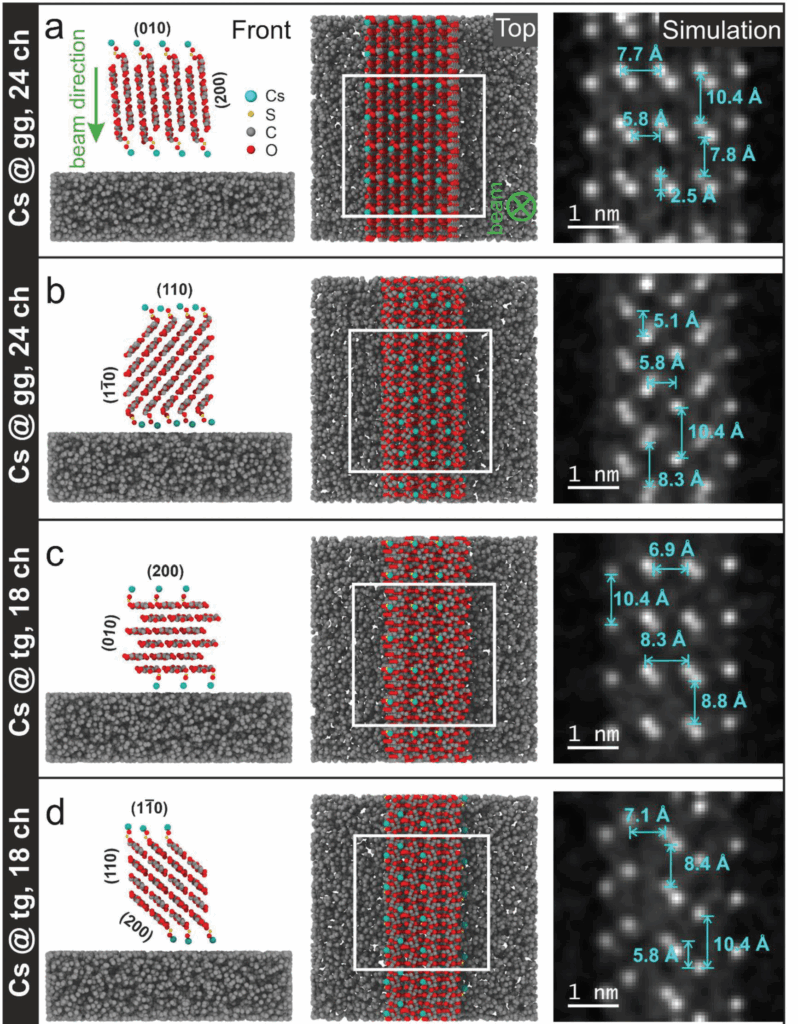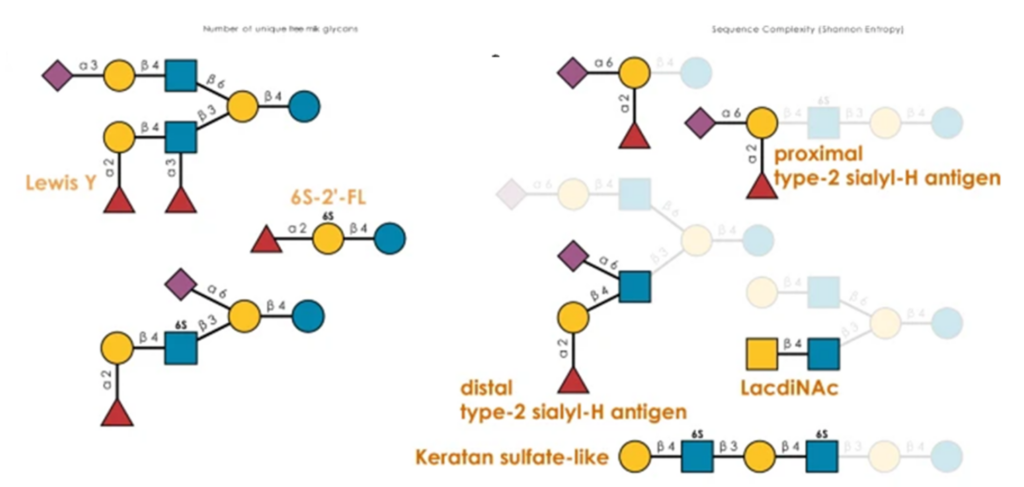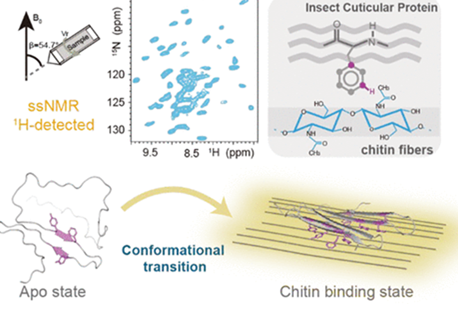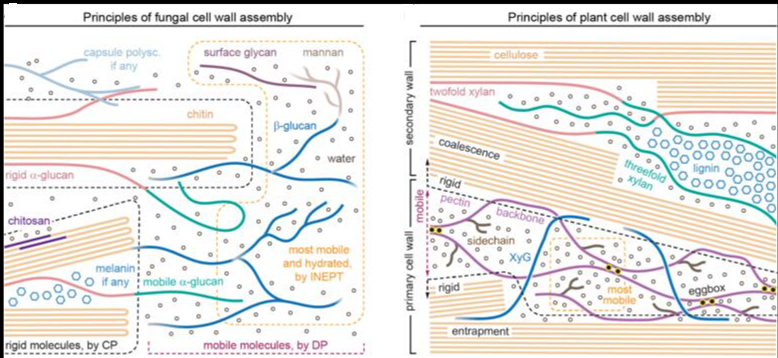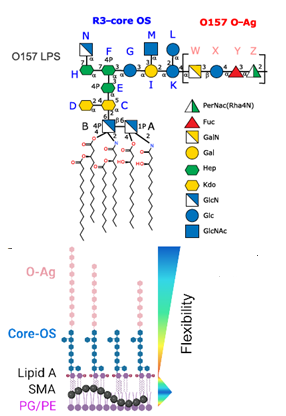Cellulose, a pivotal component of plant cell walls, is a widely studied biologically derived material with numerous potential applications. However, visualizing the arrangement of individual cellulose molecules within hierarchical structures with electron microscopy has proven challenging due to the material’s low contrast and high beam sensitivity. In this study, a novel approach is introduced that combines the labeling of cellulose functional groups with high-contrast cesium counter cations (Cs+) in conjunction with atomic-resolution scanning transmission electron microscopy (STEM) in annular dark-field (ADF) mode at cryogenic temperatures. This technique identifies individual sulfate groups attached to cellulose chains within cellulose nanocrystal hierarchies at Ångström resolution. A systematic comparison of experimentally obtained interatomic Cs+ distances with simulations can potentially enable the localization of labeled functional groups at the macromolecular level. The method can potentially elucidate the arrangements of polymer chains in nanoscale soft materials.
